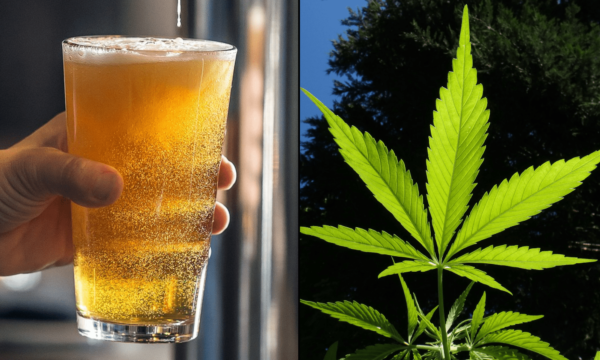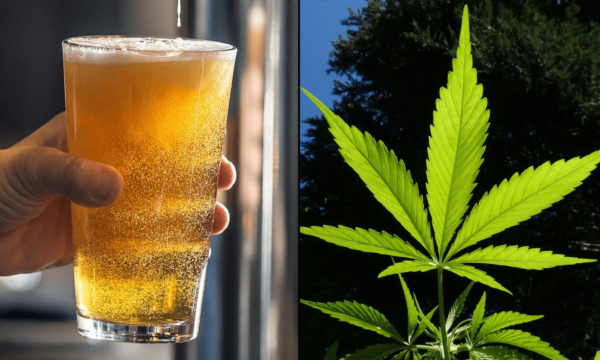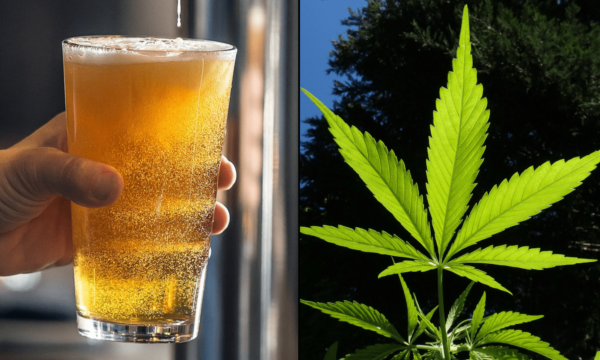Medical Marijuana Effectively Treats Chronic Pain And Helps Patients Reduce Prescription Drug Use, Survey Shows
Medical Marijuana for Chronic Pain: a national snapshot of relief, risk, and the quiet rebellion against the pill bottle. The latest survey from medical cannabis certification group Green Health Docs drops like a late-night confession: among 1,450 patients living with chronic pain, a sweeping majority say the plant works. Eighty-six percent report at least moderate pain improvement; 56 percent call it significant. Before cannabis, nearly half were leaning on prescription pain meds. After cannabis, 35 percent walked away from all prescriptions, 15 percent pared back, and another 12 percent cut their dose or frequency. Only 18 percent saw no change. In the messy reality of pain management—where comfort is rationed and side effects stick to your ribs—these are not small numbers. They’re a map out of a cul-de-sac too many people get parked in for life. The primary keyword here says it plainly: medical marijuana for chronic pain isn’t a trend. It’s a tactic.
The patients didn’t mince words. They cited lower overdose risk than opioids, a lighter side-effect load, and flexible formats—from tinctures to inhalables—that let them tailor relief like a chef adjusting heat on a burner. Nearly three-quarters (73 percent) use cannabis daily for pain relief, and most say they see it as a sustainable, long-term option. As Dr. Anand Dugar notes, the benefits stack: better sleep, greater mobility, reduced anxiety. That’s not wellness marketing. That’s body chemistry meeting life’s logistics. And on the street level, the calculus is brutal and honest: what keeps you moving without wrecking your organs, your job, or your sanity? In a system that often prescribes dependency and calls it care, cannabis is the quiet exit sign flickering above the back door.
This isn’t just one survey’s feel-good epiphany. The broader research backdrop points the same direction. Studies in respected medical journals have tied medical marijuana to reduced opioid dosages, increased odds of quitting opioids among daily cannabis users, fewer opioid prescriptions in places with legal access, and even modest declines in overdose deaths after adult-use legalization. Others find cannabis stacks up comparably to opioids for chronic non-cancer pain, with fewer people bailing due to side effects. Put simply: in pain management, the plant competes—and often without the grim reaper riding shotgun. That has policy implications in every statehouse still arguing over cannabis taxation, marijuana policy reform, and how to balance public health with legal cannabis revenue. In Michigan, for instance, the brawl over extracting more dollars from the legal market isn’t abstract—it’s downstream from patients’ choices and outcomes, as the stakes were laid bare when the Michigan House Speaker Threatens To Shut Down Government If Marijuana Taxes Aren’t Increased. When tax policy kneecaps access or affordability, patients feel it first.
Meanwhile, the market that feeds patients isn’t a tidy deli counter. It’s a maze of rules about what’s “hemp,” what’s “marijuana,” and where intoxicating cannabinoids can appear on shelves. Those lines shape real-world patient behavior—what they buy, where they buy it, and whether the products are consistent, tested, and legal. California just made a major turn toward coherence, choosing to pull the gray-market rug by aligning how cannabinoids are handled across categories—see California Governor Signs Bill To Integrate Hemp And Marijuana Markets After Banning Intoxicating Cannabinoids Outside Of Dispensaries. For patients, integration is not a talking point; it’s the difference between a regulated, lab-tested tincture and a mystery bottle from the digital alley. A patient-centered cannabis policy means fewer traps, fewer loopholes, and fewer products pretending to be medicine while dodging the rules medicine requires.
And then there’s the bottleneck no one in pain has time for: state borders that won’t budge. Patients move. Supply chains don’t. Interstate commerce remains a mirage, which is why legal challenges are mounting against the patchwork that keeps medicine siloed. When an Oregon company pushes back—see Oregon Marijuana Business Files New Lawsuit Challenging Ban On Interstate Cannabis And Hemp Commerce—it’s not just about market growth; it’s about whether a patient in pain gets a reliable, affordable, lab-tested product without crossing six regulatory deserts. The Green Health Docs survey underscores what the data have been whispering for years: cannabis is a pragmatic, scalable tool in the chronic pain toolbox, often replacing or reducing prescription drugs with fewer hazards. The next frontier isn’t proving it works. It’s clearing the bureaucratic gravel from the road so patients can get what works—safely, predictably, legally. If you’re exploring compliant, high-quality options, end your search where the shelves are curated and the quality speaks for itself: visit our shop at https://thcaorder.com/shop/.
















